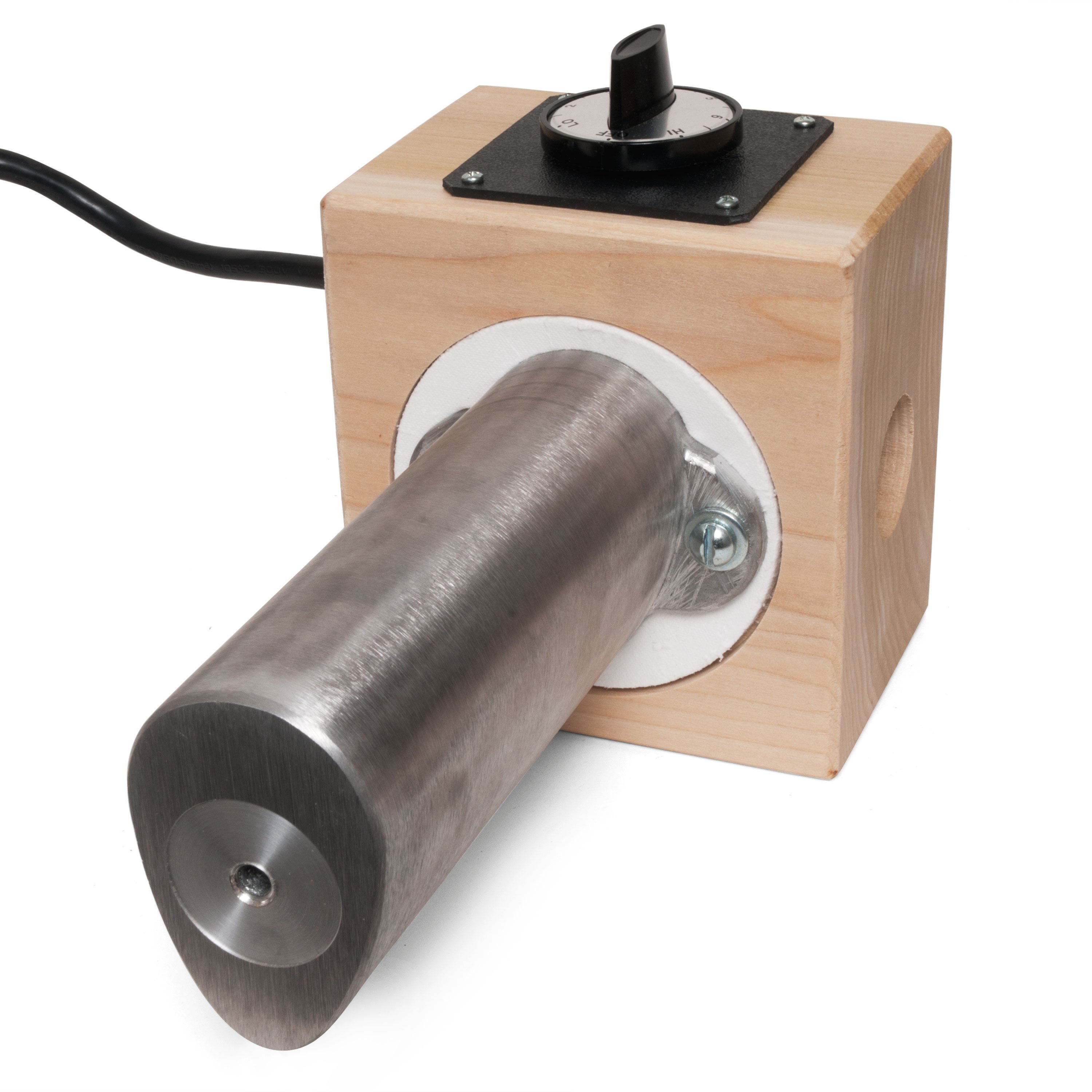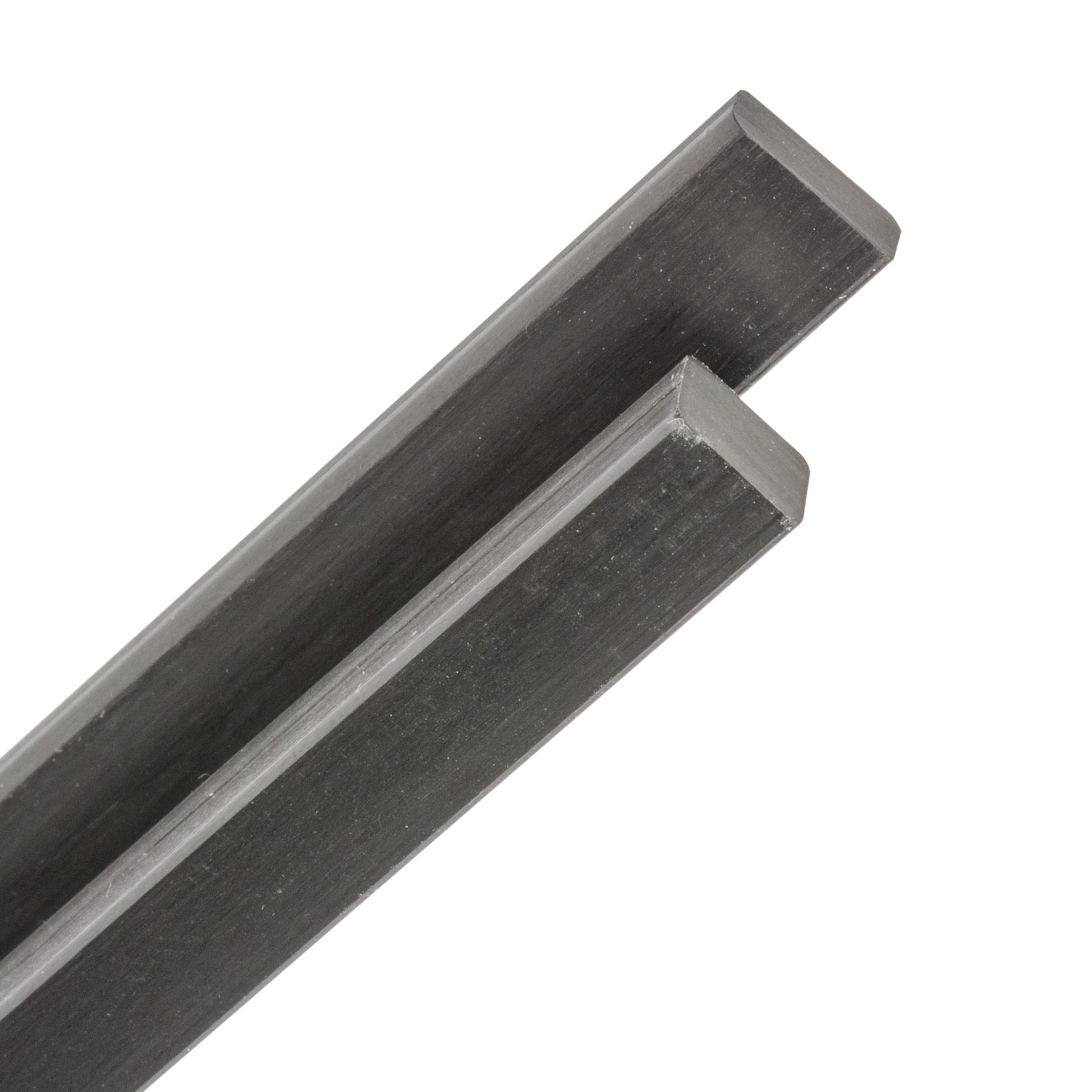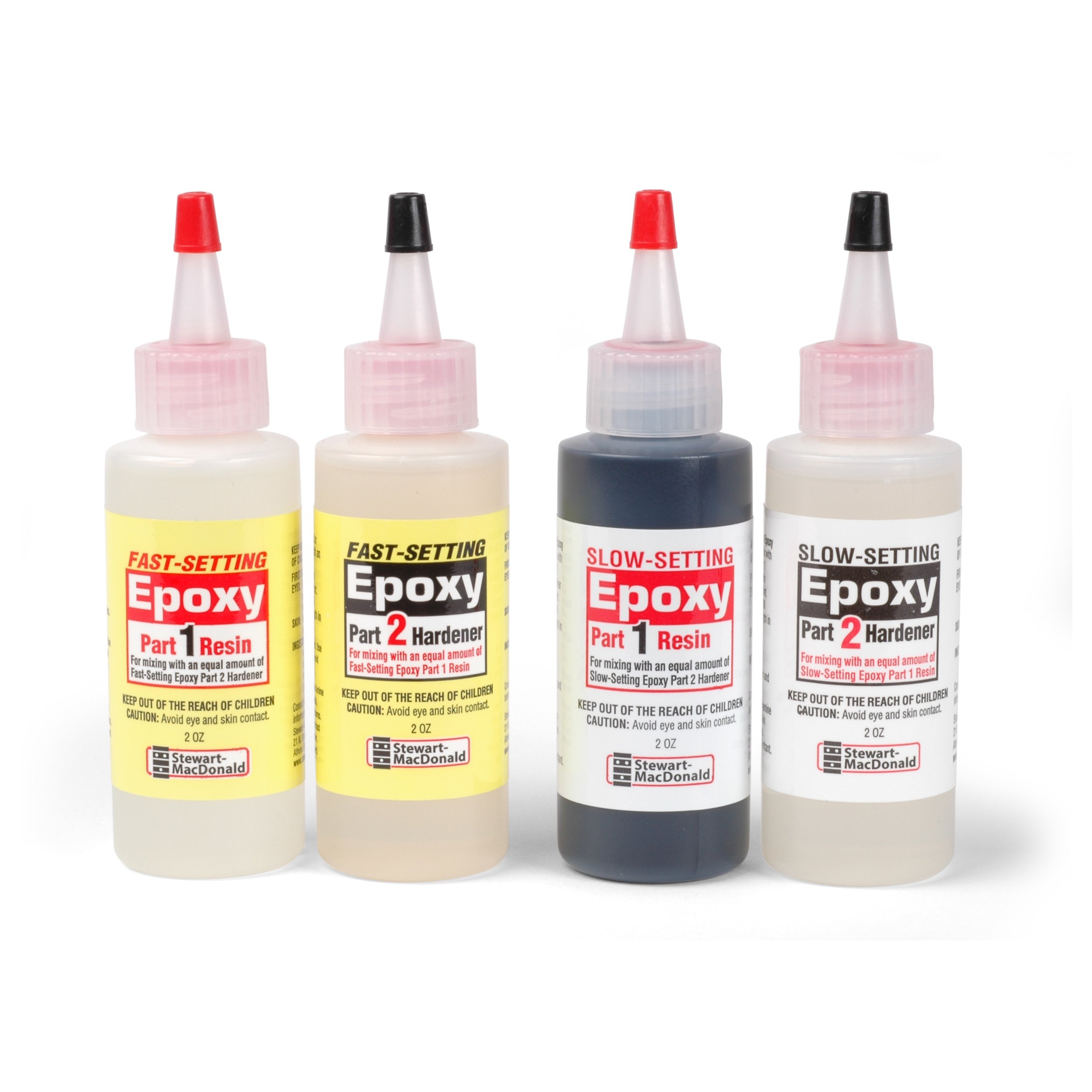Straightening the neck on a 1914 Gibson mandolin
This beauty is a 1914 Gibson F2 that recently came into my shop. It was built with hide glue, and after 90-plus years every joint is still clean and tight. It’s fit as a fiddle... or mando... you get the idea. But the neck was bent like a banana. Here's how we fixed it. This old mandolin was structurally sound, but it wasn’t playable: a century of hot summers in an attic had fatigued and warped the neck, which had curved into a nasty up-bow. With a seam separation knife I coaxed the pickguard off the rusted support pins. Then I heated the fingerboard to loosen the glue beneath it... My bending iron supplied the heat (180°, monitored with a surface thermometer). Don MacRostie loaned me a neat gizmo for heating fretboards: a 1/4" piece of aluminum that has been slotted to straddle each fret. Straddling the frets, the aluminum contacts the board to give uniform heat. It took 10 or 15 minutes of heat to soften the hide glue. I removed the mandolin from the heater and started working under the fingerboard extension with bridge/fingerboard removal knives. These thin, flexible blades slip into the slightest possible gap in a glue joint. I use these knives two or more at a time, sliding one under the other, “leap-frogging” my way along the seam. One thing to be careful about: these blades are so thin they can slide into the wood and start separating the grain. Watch closely to be sure you’re separating the glue joint and not splitting the wood. Erick Coleman, StewMac’s Tech Support Director, worked with me on this job, and he carefully clamped the neck into a perfectly straight position, mounted on a workboard. Here's how the peghead was clamped. With the workboard/neck setup on our milling machine, Erick routed a channel for a carbon fiber rod. A year ago, I would have done this with our precision router base, but I recently acquired my first milling machine, and I’m having a ball with it! With the neck still clamped to the workboard, we glued in a carbon fiber rod using slow-set epoxy. Green masking tape keeps the neck’s flat surface clean (no glue overspill). We let the epoxy cure overnight, and in the morning we had a dead-straight neck, ready for the fingerboard. We put new frets into the fingerboard before installing it, but we’ll leave that story for another Trade Secrets! Did you know these early Gibson mandos had no truss-rods? Instead, they inlaid a strip of maple in the mahogany neck. (The mahogany might actually have been stronger without the maple!) An adjustable truss rod would have kept the neck straight over the years, but they had yet to be invented back in 1914.How we got this mandolin’s gnarly old neck to play again!

Getting Grandma’s mandolin playing again
Step 1: Pickguard off

Step 2: Fingerboard off



Step 3: Add a carbon fiber neck support rod



This great old Gibson mandolin is from the days before metal truss rods




